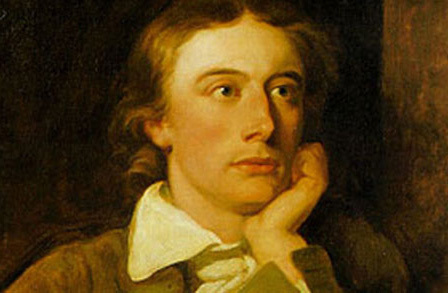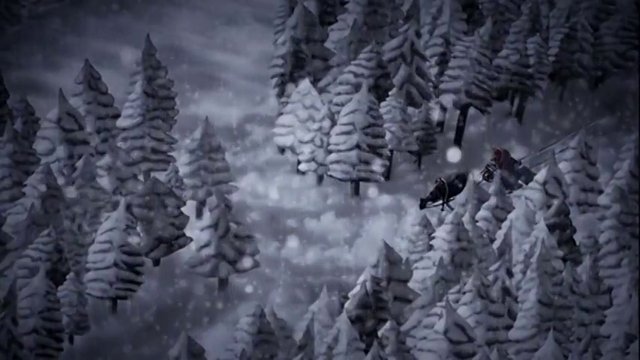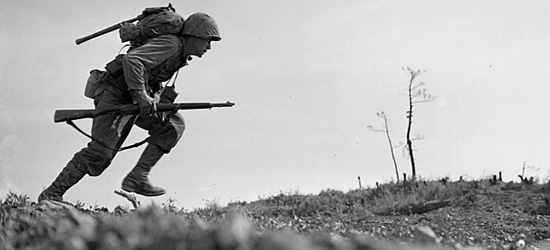The poem is a sonnet by John Keats. The poem was composed in the December of 1816 when the poet was twenty-one years of age. It was published posthumously in ‘The Poetical Works of John Keats’ in 1884.
About the Poet:
John Keats (1795–1821) was one of the leading figures in the second-generation Romantic poets. Born in London, he was the son of Thomas Keats and Frances Jennings. Thomas Keats was an ostler who married the daughter of his master, from whom he inherited the business. Keats’s family was of a humble heritage, but they were well-to-do and ambitious. As a result, Keats and his siblings were sent to an excellent private school at Enfield, kept by Reverend John Clarke. But Keats never escaped his non-aristocratic lineage. He was taunted about his heritage by some reviewers of the ‘Blackwood’ and ‘Quarterly’ until his death. The poet Shelley was of the opinion that it was these caustic reviews that caused the poet’s untimely death.
From an early age, Keats showed the propensity of being an impassioned kid with a penchant for fighting. It was only when he was thirteen that Keats turned his full attention towards academics. He read voraciously and on a wide range of topics like travel, fiction, history, and modern politics. He was particularly interested in Greek and Roman literature. Keats lost his father when he was nine years of age. His mother remarried in 1805, but the marriage was a failure. She soon left her second husband and moved to her mother’s house in Edmonton. In 1810 Keats’s mother died of consumption. Shortly after, he was apprenticed to be a surgeon. However, his love for verses soon took over him, and he left medical studies to pursue poetry. By 1817 he was totally devoted to literature.
It was during this time, his first collection of poetry, Poems, was published. It only garnered a lukewarm response. In 1818 a catastrophe hit Keats in the form of the death of his brother Tom. To lift up his spirits, he retired to Hampstead to live with his friend, Charles Brown. That is where he met Fanny Brawne, the great love of his life. He was engaged to her, but they could never marry due to Keats’s failing health. During this time, the sickness he contracted on his walking tour of the English Lakes with Charles Brown in the summer of 1818 took hold of him. However, this period between 1818 and 1819 produced the best works of Keats as a poet. His last volume of Poems hit the markets in 1820, which was fairly successful, but Keats was too sick to reap the fruits of his labor. His doctors then advised him to go to Italy for his health. He was accompanied by the young artist, Severn, who nursed him until his death. He finally succumbed to his disease on 23rd February 1821 in Rome.
Despite the hardships in his life, Keats was passionate about life and his art. His verses bore his taste for grandiosity and beauty. He found great friends in Brown, William Hazlitt, with whom he shared his knack for boxing, Samuel Coleridge, Charles Lamb, Severn, Leigh Hunt, and Shelley.
The Poetry of Earth: Setting
The mood of the poem is joyous. The poem seeks to celebrate the calls of the grasshopper and the cricket, in short, the voice of nature herself. The setting is almost luxurious, as in it celebrates all phases of nature.
The Poetry of Earth: Summary
The poem is not separated into stanzas. It is separated into an octave and a sestet.
The first part of the poem, the octave, celebrates the earth in all its forms. It says that the poetry of earth is never dead. The earth provided poetry in the form of the songs of the birds or the calls of the beasts. However, when the summer sun is too hot and strong, the birds find it difficult to keep up their routine. They find shelter from the scorching heat in trees that provide ample shade and hence, are ‘cooling.’ But the grasshopper does not cease its song. Its voice runs throughout the freshly mown meadows untiringly. Even in the sultry summer days, he never stops his chants. The grasshopper does not feel ‘faint’ under the sun. For him, even the summer is a time for joy. Hence, when he has had his fill of fun, he finds comfort under some weeds or long grass stalks.
The sestet begins with the earlier declaration that the poetry of earth is forever; it is never-ending. During the cold, harsh winters, when one is numbed by the cold, only one voice is heard that calls out to one in drowsy evenings by the fire (stove), and that is of the cricket. The poet tells us that instead of growing quiet of the cold during the winters, the cricket finds a corner in some kitchen near a stove and belts out its song. The warmth coming from the stove mingles with the warm tones of the cricket, who tries to keep one entertained. This song perhaps reminds one who’s half-asleep that the grasshopper is probably out on some grassy hill, singing its heart out.
The Poetry of Earth: Meaning and Notes
The octave:
‘the poetry of earth is never dead’- the beauty of the earth, even during extreme temperatures, is not lost. The poetry of earth here can be equated to the songs of nature and its creatures. The grasshopper and the cricket remind us that even when birds and animals succumb to the harsh climates, the grasshopper and the cricket do not. They are the only creatures that keep the poetry of earth alive.
‘he has…delights’- he’s never tired of his merrymaking. The grasshopper provides incessant joy to all the inhabitants on the earth through his song. This is the source of his energy. Thus, he’s never tired of spreading his joy.
The sestet:
‘the frost has wrought a silence’- the winter brings with itself frost and snow. The snow muffles all sounds, and the frost makes all creatures retire to their homes for shelter; hence, all sounds are suspended, and only silence remains.‘in drowsiness, half lost’- what the poet means is that during winters, a warm, cozy room induces a sleep-like state. This is the state between being completely asleep and being awake. You may be interested in going through the detailed analysis of the poem and can find Poetry of Earth: Analysis here.
Some online learning platforms provide certifications, while others are designed to simply grow your skills in your personal and professional life. Including Masterclass and Coursera, here are our recommendations for the best online learning platforms you can sign up for today.
The 7 Best Online Learning Platforms of 2022
- Best Overall: Coursera
- Best for Niche Topics: Udemy
- Best for Creative Fields: Skillshare
- Best for Celebrity Lessons: MasterClass
- Best for STEM: EdX
- Best for Career Building: Udacity
- Best for Data Learning: Pluralsight















